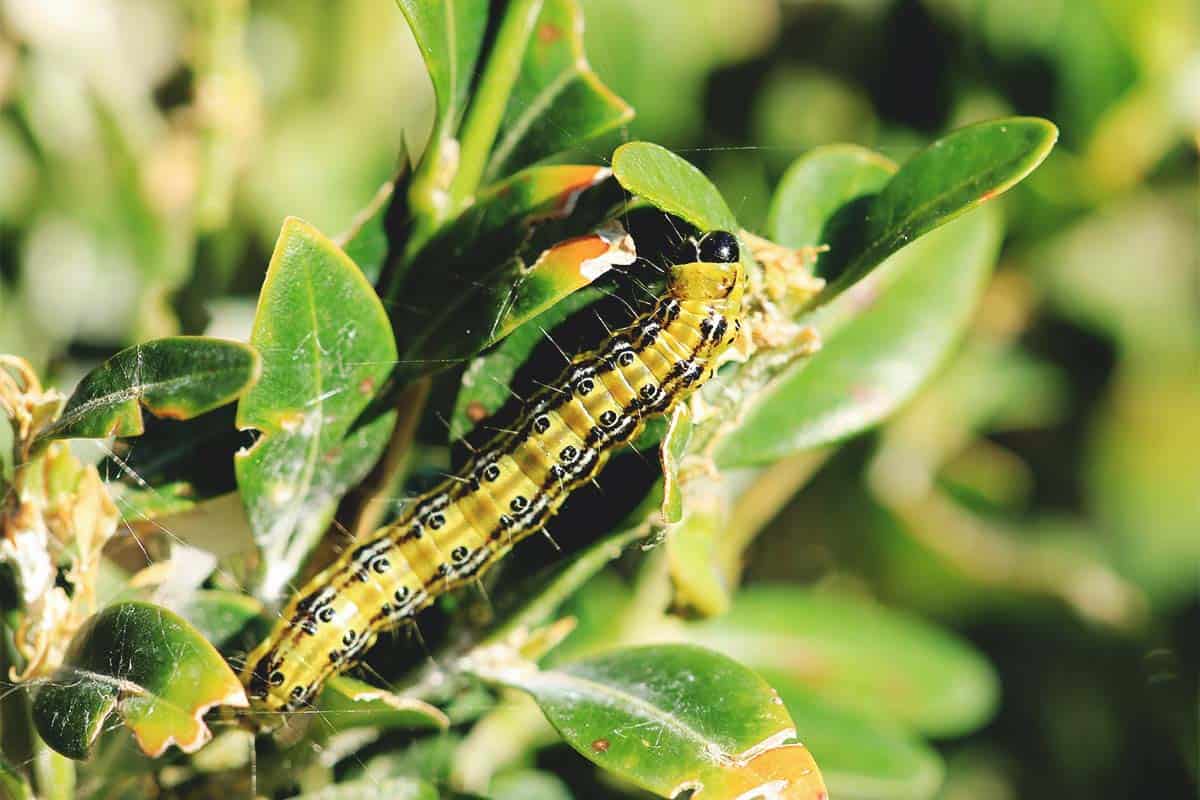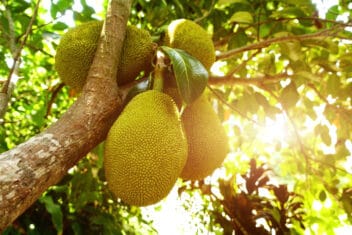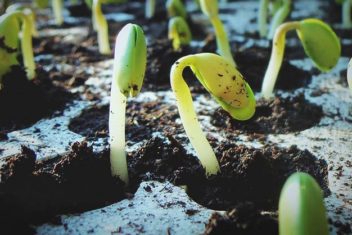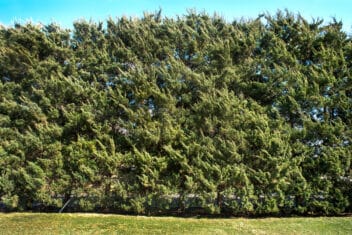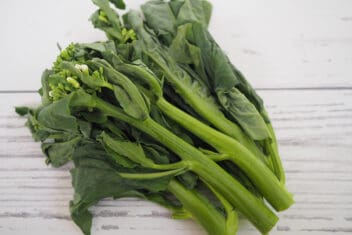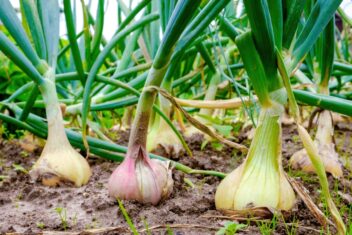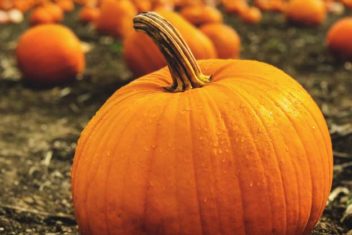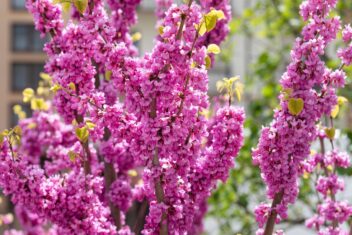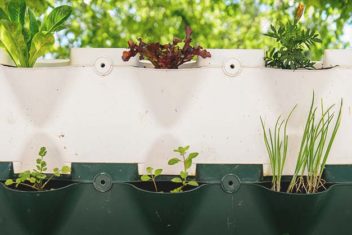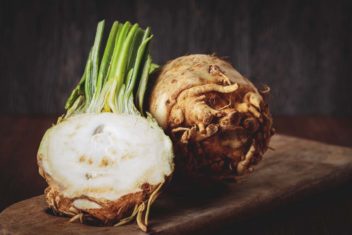When you are researching natural, organic methods of controlling pests in your garden, you may have come across the name, “Bacillus thuringiensis,” or simply “Bt”, from time to time.
Its name is hard to pronounce and most organic gardeners use it without having a true idea of what exactly it is.
If you find that you are one of these gardeners who has been living in the dark, take a moment to brush up on the basics of Bacillus thuringiensis – and to decide whether it’s right for you.
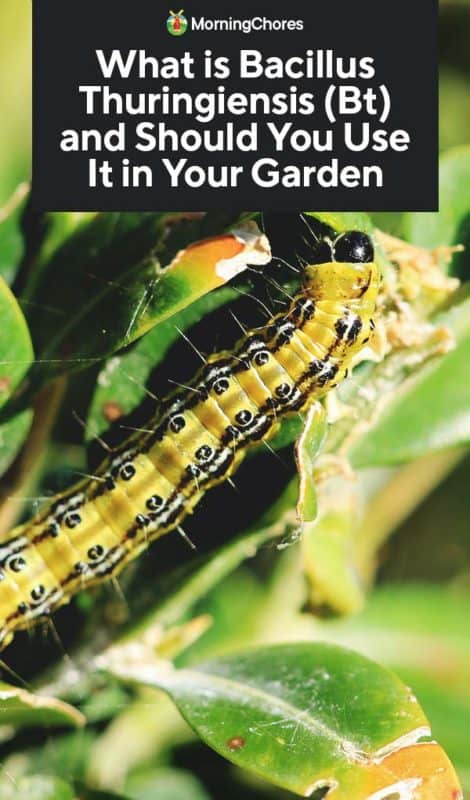
What is Bacillus Thuringiensis (Bt) and How Does it Work?
A natural microbe found in the soil, Bacillus thuringiensis produces proteins that are toxic to young, immature insects (or larvae). There are countless types of Bt, each targeting different groups of insects.
For example, some types of Bt work to get rid of beetles, while others are effective against black flies, caterpillars, moths, or even mosquitoes.
Bt is a naturally-occurring microbe. However, it is used in many commercial pesticides – more than 180 of them, in fact. Registered with the Environmental Protection Agency since 1961, it’s important to make sure the Bt product you are using does not contain any unwanted toxins.
These pesticides can be used on all kinds of crops and ornamental plants. There are various types intended for use around buildings, inside buildings, in aquatic environments, or even via aerial application. They can be found in sprays, granules, pellets, or dust, with some (but not all), approved for use in commercial organic agriculture.
Interestingly, there are even some plants that have been genetically modified to produce the Bacillus thuringiensis toxin, including corn, soybeans, and cotton.
Bacillus thuringiensis is commonly eaten by insect larvae. After it has been ingested, the toxins activate inside the gut. Here, it breaks down and causes infection and later, starvation. Depending on the type of Bt and the insect, it can take a few hours or a few days for the insect to die.
One of the benefits of Bt is that it creates toxins that are only activated by the target insect larvae. If you eat the same toxins, they are not activated and no harm is caused to you.
How to Use Bacillus Thuringiensis

Using Bt in the garden is seamless. It has a short half-life when exposed to the elements. Usually, by the time the insects that have consumed it are dead, so is the Bt.
There are many types of Bt you can use. Make sure you have the type that is formulated specifically for your species of pest. For example:
- Bt kurstaki: This type controls tent caterpillars, gypsy moth, tomato hornworm, cabbage looper, and other leaf-eating caterpillars. It must be applied when the pests are small and must be ingested.
- Bt israelensis: This strain controls fungus gnat, black fly, and mosquito larvae. It is designed to be applied to irrigation and roadside dishes, ponds, marshes, pastures, water gardens, birdbaths, rain gutters, or flower pots. In other words, you can put it anywhere there is standing water.
- Bt san diego: This one is designed to address several leaf-eating beetle species, like the elm leaf beetle and the Colorado potato beetle. It can be applied to tomatoes, potatoes, eggplant, and elms, and should be applied at the young larval stages.
Is Bacillus Thuringiensis Considered Organic?
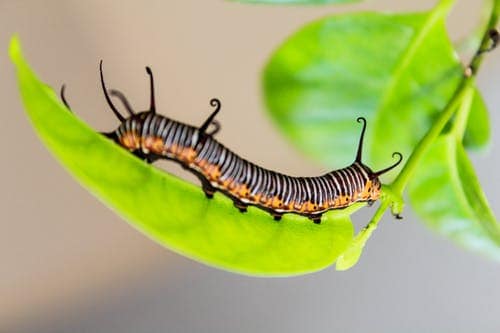
Many Bt types and products are considered acceptable for use on organic farms according to the USDA and other regulators. However, keep in mind that it can still produce some side effects. It is not linked to cancer like chemical pesticides. It also doesn’t seem to have any adverse effects after long-term dietary exposure.
Another benefit of using Bt is that it can be used to target a variety of pests. It is nontoxic and nonpathogenic to fish, birds, and even shrimp. In water, it does not readily reproduce. Bt breaks down quickly in the sunlight when exposed to air.
Less than half of the toxin remains after 24 hours in most cases. Its half-life is just 1-4 days on plant surfaces. This is much less than many pesticides that hang around for ages.
Even in the soil, Bt is relatively short-lived. Its half-life in most soils (particularly those that are not nutrient-rich) is only four months.
What to Be Aware of When Using Bacillus Thuringiensis
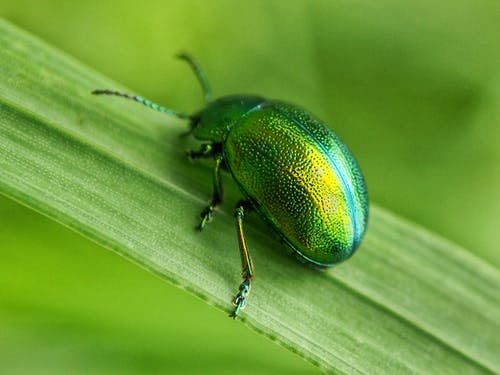
1. Toxicity to Honeybees
Most strains of Bt have limited toxicity to other animals and to non-targeted insect species. However, there is one strain of Bt – aizawa – that is highly toxic to honeybees. I recommend avoiding this one, for obvious reasons. There are plenty of other strains you can use that do not harm honeybees and can be used as alternatives.
2. You Consume it Every Day
Some people are concerned when they realize that they are unknowingly exposed to Bt through their diets each and every day – albeit at very low levels. It’s commonly found in soil, too. You can be exposed to it even without eating a product it has been applied to.
Luckily, Bt is low in toxicity to most mammals, including people. Numerous studies have found little evidence of sickness related to Bucellis thuringiensis. However, it can cause some skin and eye irritation similar to the symptoms of hay fever. Levels of Bt in your body decrease rapidly a day after exposure.
3. Soil Insects Stay Away
Most soil insects and earthworms tend to stay away from Bt, including insects that are beneficial. Bucellis thuringiensis is unlikely to affect them.
4. The Younger, the Better
In most cases, you must use Bt on small larvae. This will result in reduced damage to your plants (since the insects won’t have time to eat as much). They can also morph into the respective phase of the insect when they will be insensitive to the toxin.
5. Mind the Conditions
The spray is more effective if you use it within 12 hours of mixing. You also need to spray both the top and bottom surfaces of the leaves. When you apply your spray, you need to avoid mixing the Bt with high-pH water. A pH greater than 8 is necessary to activate the toxin.
6. Follow Instructions
Make sure you are using your Bt product according to the label instructions.
Take steps to avoid unwanted consumption or exposure, as it can cause eye irritation. You can be exposed when applying the product during windy conditions. You can also be exposed after applying a product and then eating before washing your hands.
The Takeaway
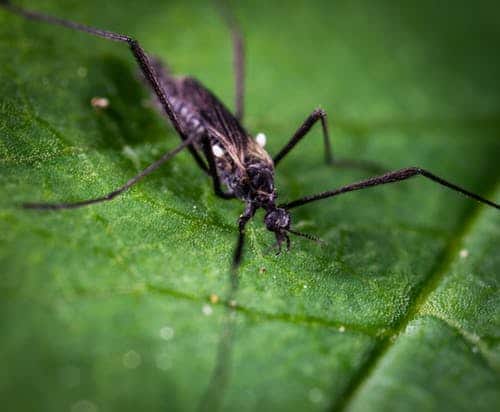
Before deciding if Bacillus thuringiensis is necessary for your garden, consider other methods of controlling pests in your garden. Then, take note of whether better gardening hygiene practices, like crop rotation, water moderation, or mulching can keep pests at bay before turning to a treatment like Bt.
While it is a naturally occurring substance, it’s still one that has potential risks.
Resistance to Bacillus thuringiensis is possible, so avoid overusing it. It is a great natural treatment that causes limited effects on humans and other animals (including beneficial insects). However, it’s still something you l want to use in moderation – and only after paying close attention to the instructions.
